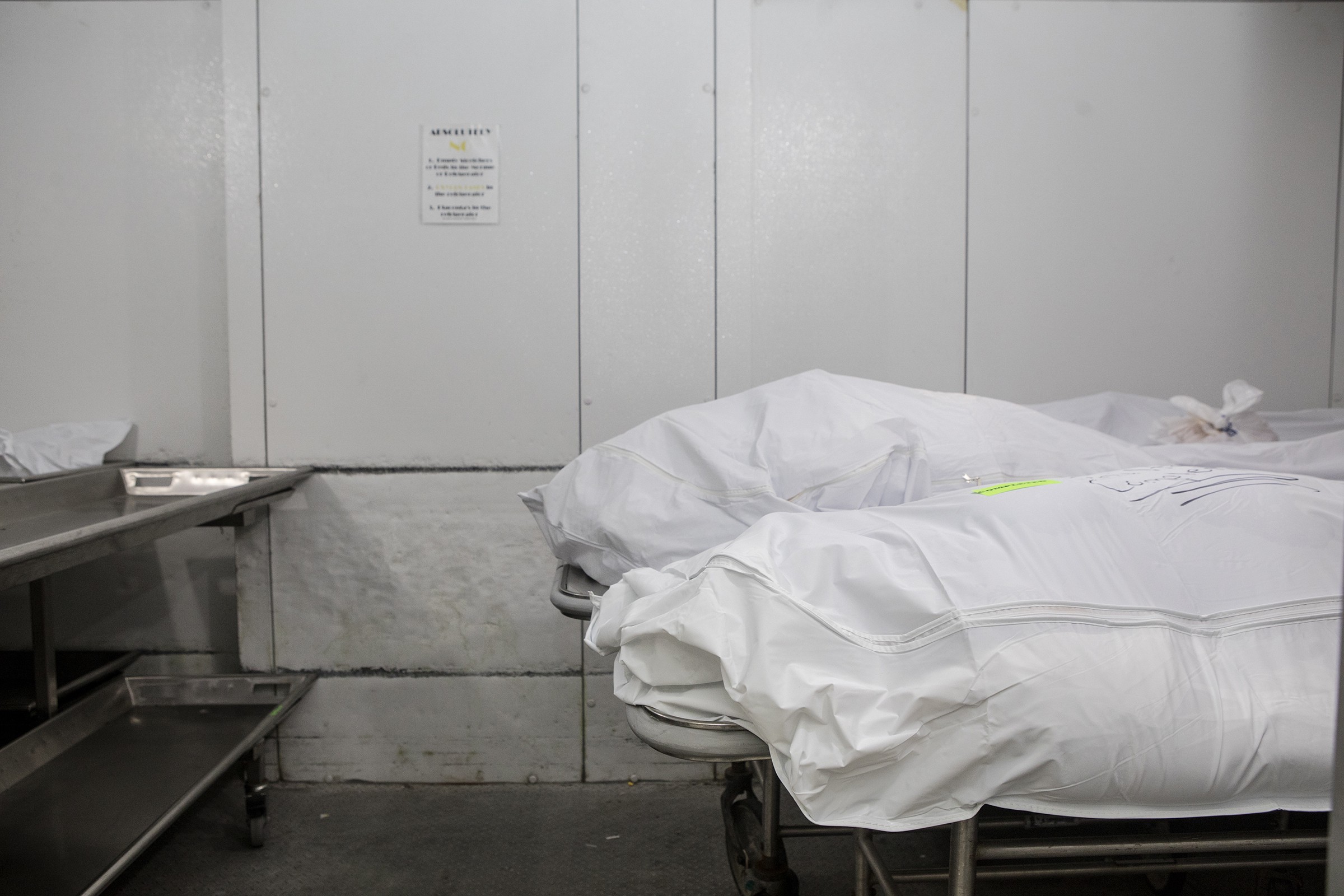
In this age of advanced medicine, and especially during a pandemic, there is one medical tool we should be using more, but are not — the autopsy.
The truth is autopsies are invaluable for discovering the cause of death, but they are, pardon the expression, dying out. In the late 1960s, the autopsy rate in U.S. hospitals was almost 60%. Today, that number is 4.3%, and it can be even lower in other countries.
This is unfortunate because determining the exact cause of death is sometimes very difficult without an invasive examination of the body. Death certificates frequently are inaccurate; some studies have found as many as 85% of death certificates have an error in the Cause of Death section. Also, an autopsy can find diagnostic errors — in a disturbing number of cases, pathologists discover that doctors missed something that, had it been diagnosed correctly, would have saved the patient’s life. This is especially unfortunate when we’re struggling to understand all the complications COVID-19 can have on the body.
So why has this valuable tool fallen out of favor? One reason is cost. There is no financial incentive for hospitals to perform them. In 1986, Medicare decided that autopsies were not part of patient care and thus could not be funded. Autopsies don’t even have a billing code. To put it more crudely, hospitals don’t like to spend money on the dead.
There is also a shortage of trained forensic pathologists. Autopsy pathology is one of the least glamorous fields in medicine, the compensation is higher in other specialties, and working with the dead is psychologically difficult. Finally, the family’s permission is required, and dissection is usually the last thing bereaved relatives want to consider.
In case you’re wondering, real autopsies are nothing like what you’ve seen on TV medical shows. Also, although the chest cavity is opened, it’s still possible to have an open-casket funeral. The face, hands, extremities and the carotid arteries are normally untouched, so the face’s shape can be restored and the body can appear normal.
So when you plan your end-of-life care, consider permitting an autopsy, even if it’s the last thing you do.
For a more detailed discussion (including potentially disturbing photos) read “The Slow, Troubling Death of the Autopsy” by Samuel Ashworth (https://elemental.medium.com/the-slow-troubling-death-of-the-autopsy-82a372f8b617)
